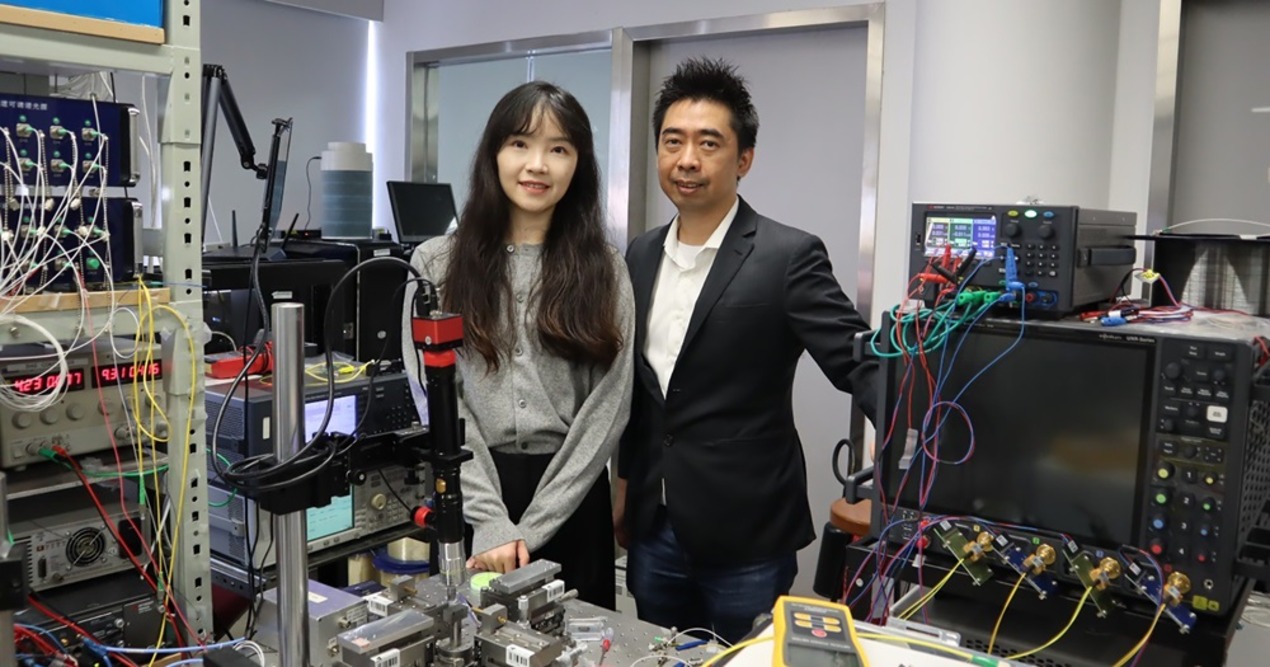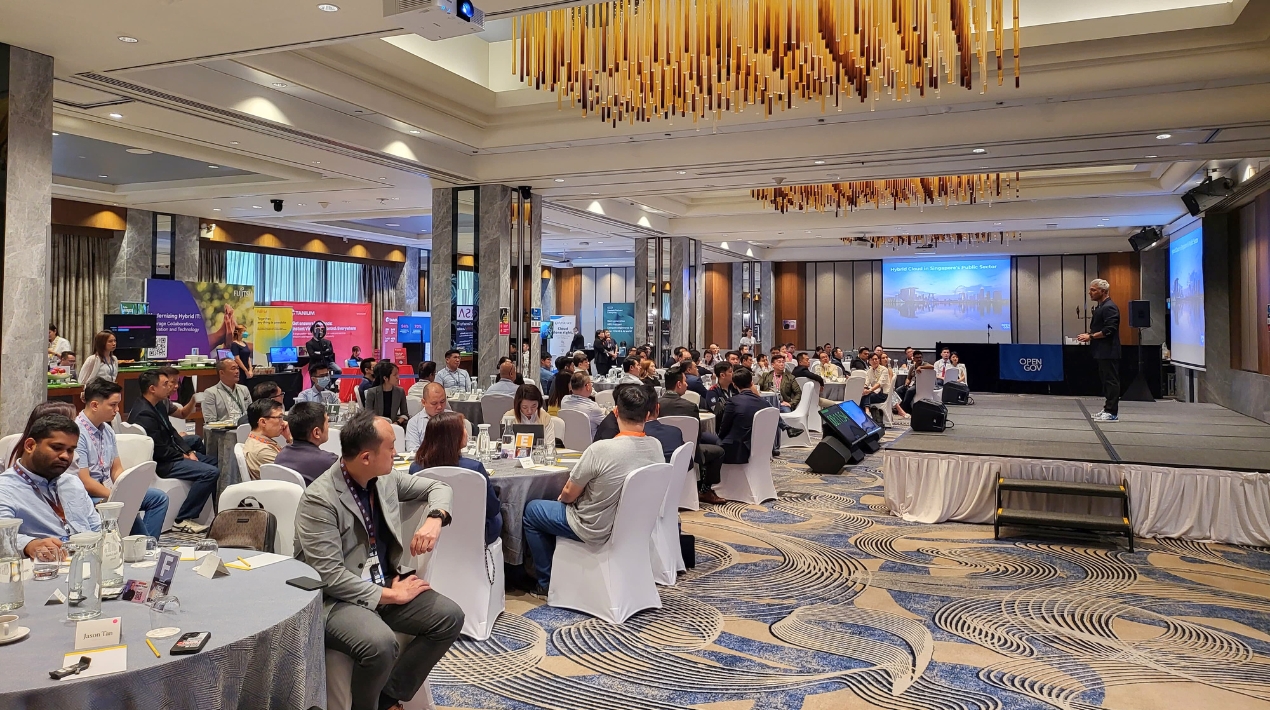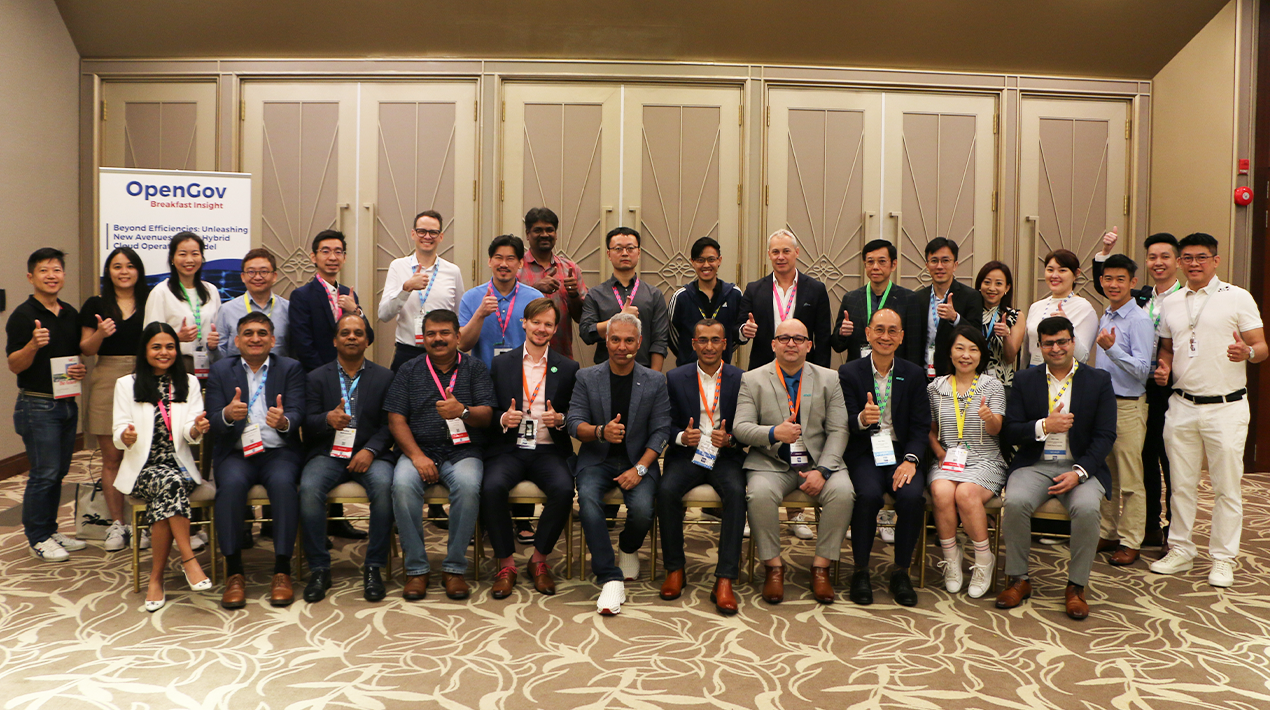
The 11.11 Global Shopping Festival 2018 was the biggest yet. Alibaba’s tenth global retail extravaganza hit its highest-ever number of delivery orders (1.04 billion). Some 237 brands, including international brands including Adidas, Bose, Mac, Mattel, Nike, P&G and Zara taking part and generated more than RMB 100 million ($14.4 million) in gross merchandise volume
But such large-scale shopping events aren’t just for big firms. More than 180,000 brands participated in the Global Shopping Festival. Such promotion events provide small-to-medium enterprises with a massive opportunity to not just boost their bottom line but to interact on the global e-commerce stage and compete with some of the world’s biggest brands.
However, they need an infrastructure that can easily scale to match the surges in traffic that such promotional events generate. Furthermore, to stand out in this space, small-to-medium enterprises need to embrace a range of novel solutions to capture the attention of online consumers before, during and after these key shopping events.
Some businesses assume these measures will be prohibitively expensive, requiring excessive up-front costs and the provisioning of expensive hardware.
However, in the cloud, this is not the case. Alibaba Cloud offers a range of cost-effective solutions for businesses that want to scale and capitalize on the tremendous opportunities of these large-scale e-commerce events.
This whitepaper will introduce you to our work and show you the range of ways you can use Alibaba Cloud’s products and services to stand out, compete, and succeed on the busiest days of the e-commerce calendar.





















